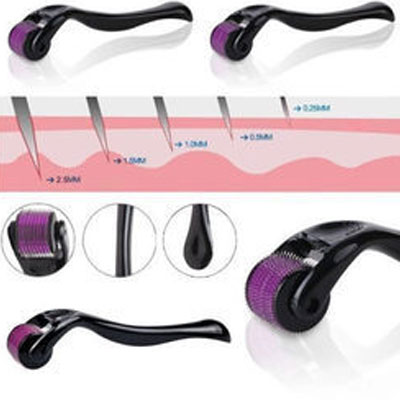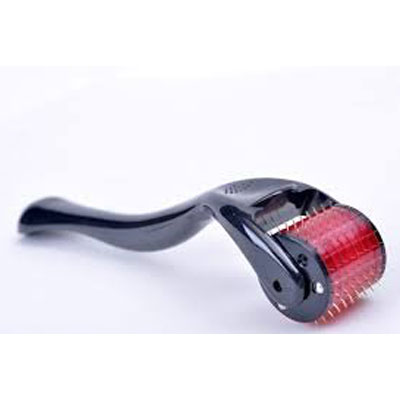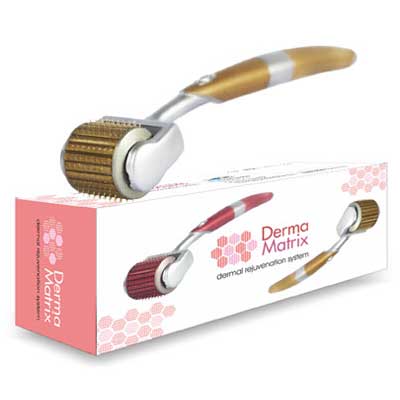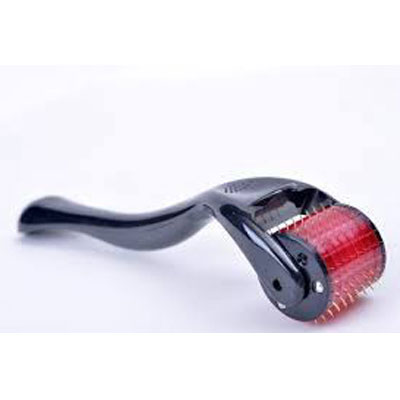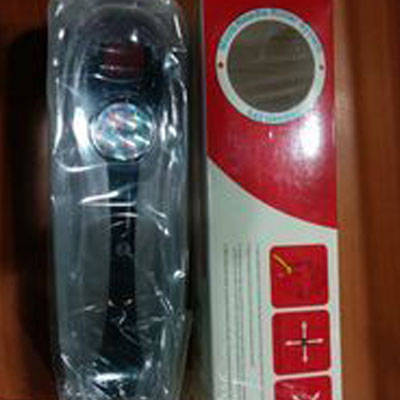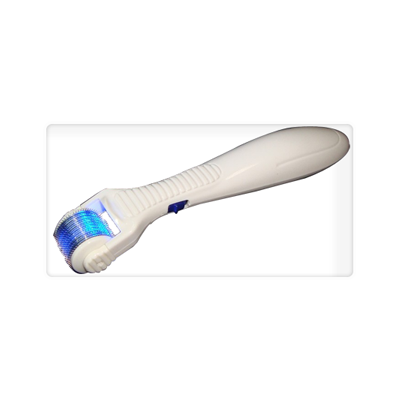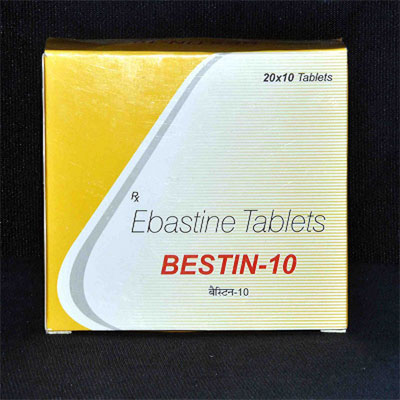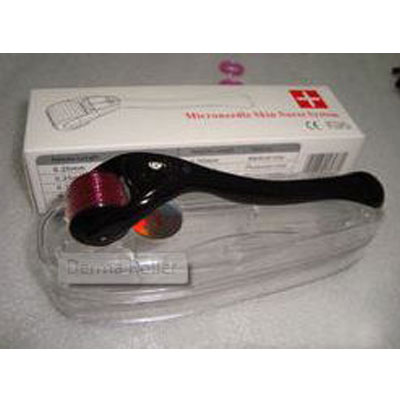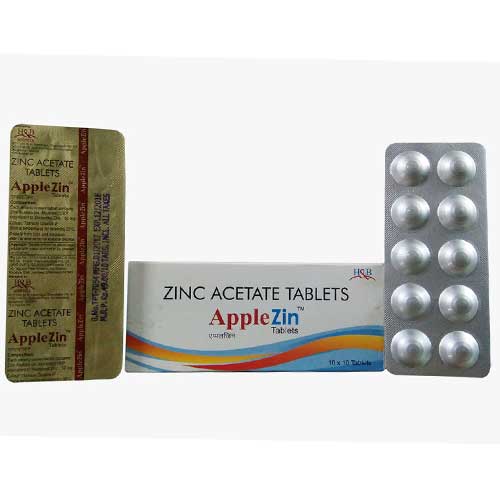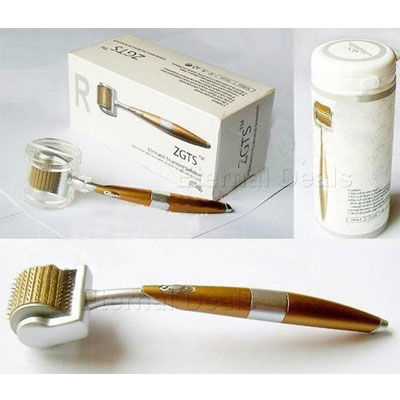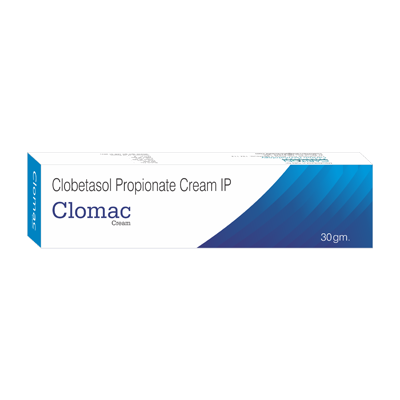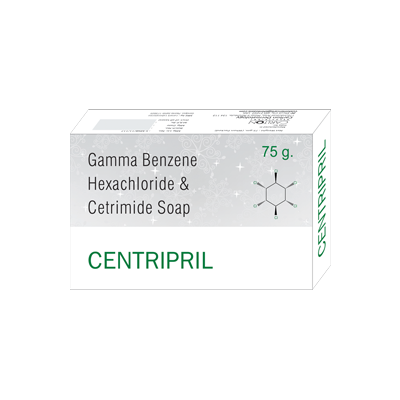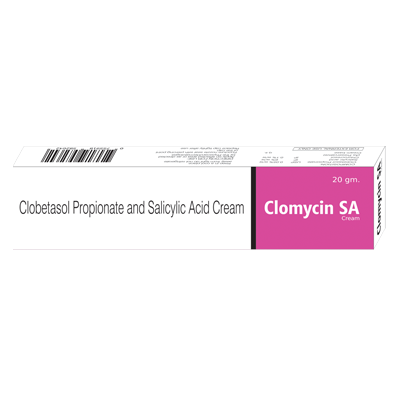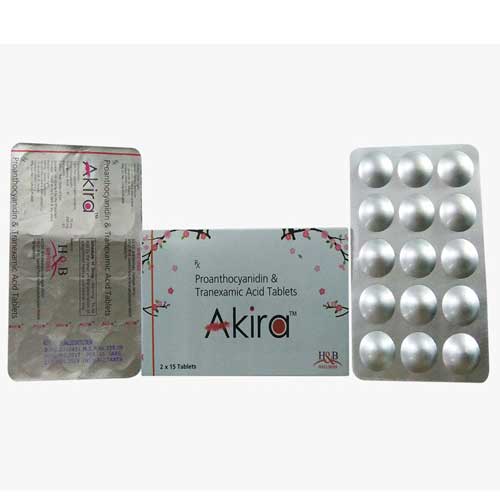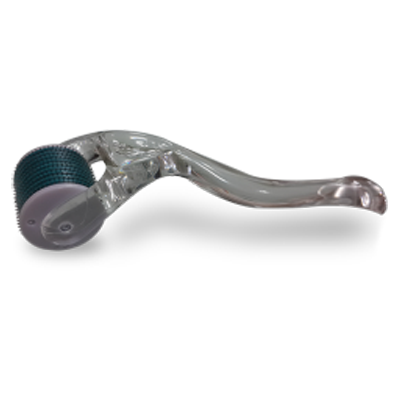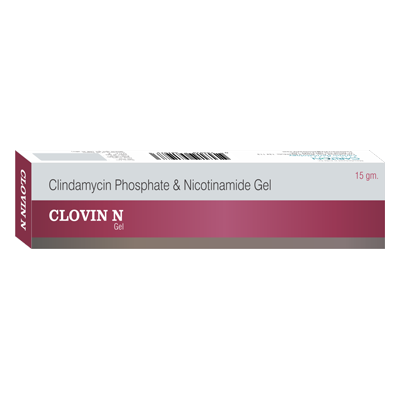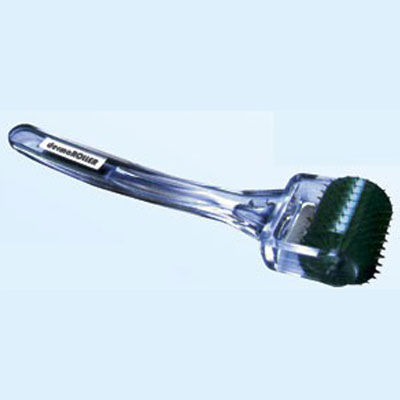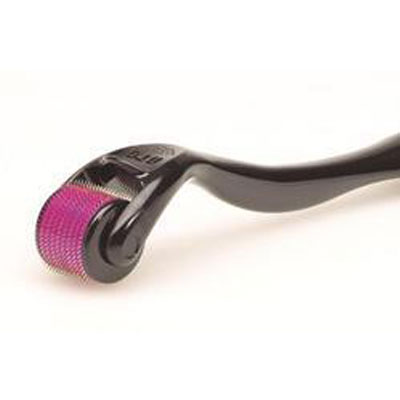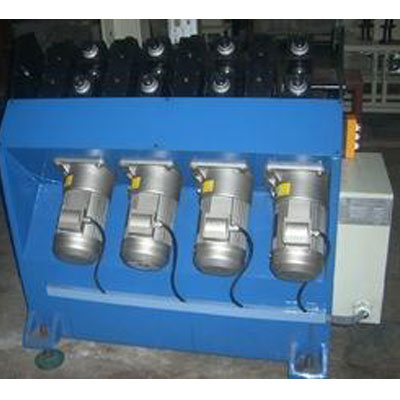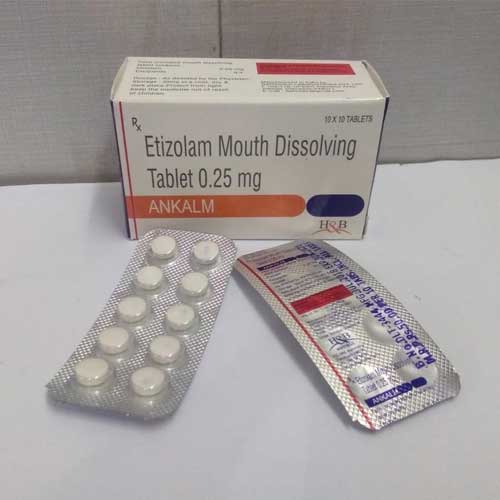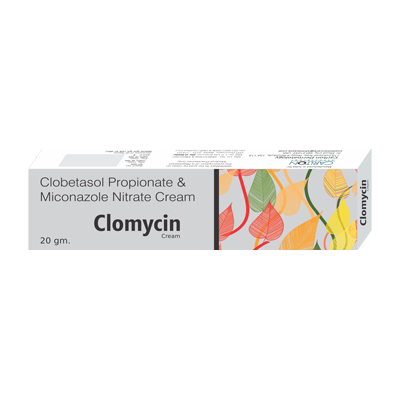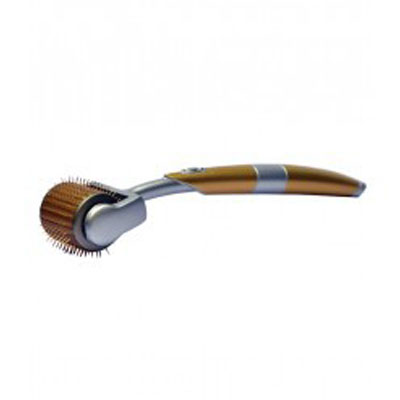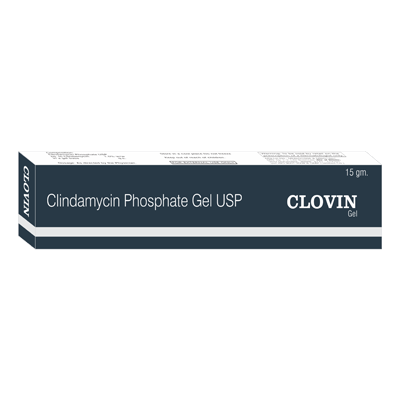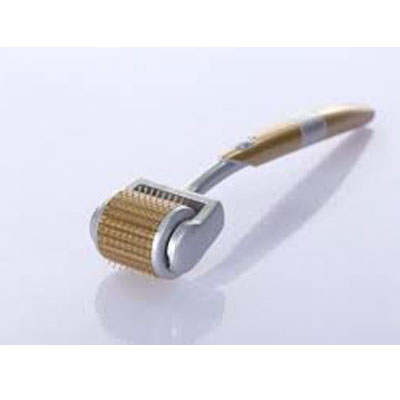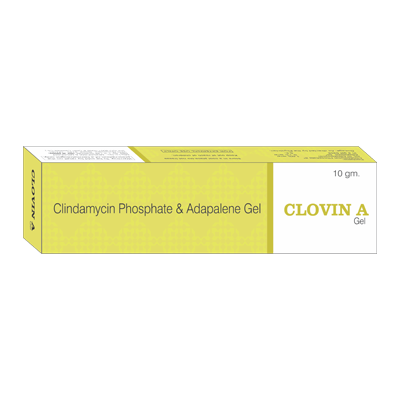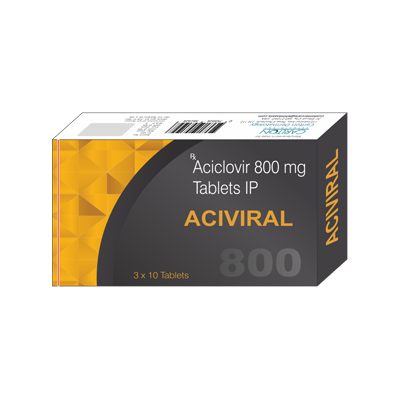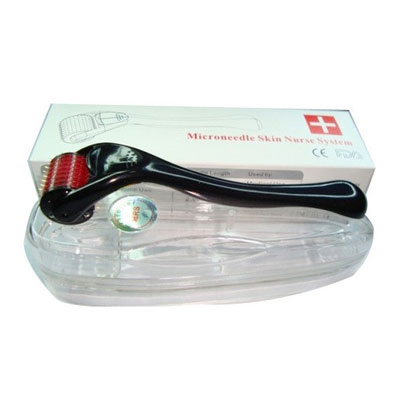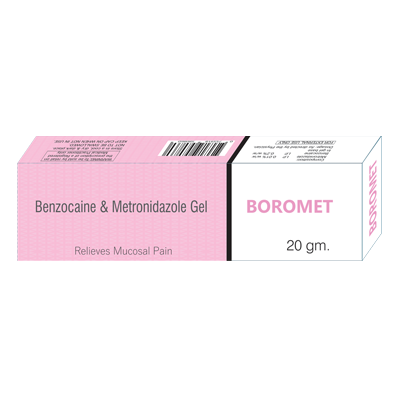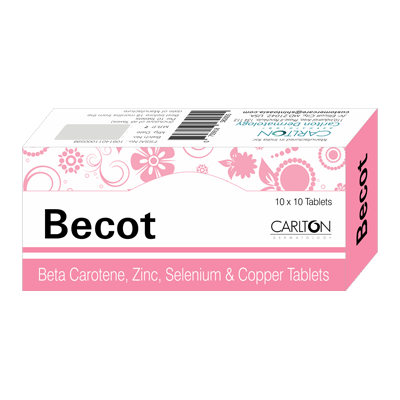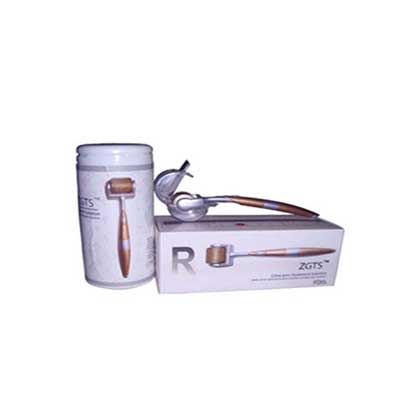Cosderma
Office No. 5 & 6, Delta Garden Western Express Highway Mira Road East , Mumbai , Maharashtra , (
401107 )India
Get Latest
Price
| Product Type: | Tablets |
The premise behind microneedling is that aging skin produces less collagen. Collagen is the stuff that keeps skin plump and less wrinkly. It also repairs skin damage from the sun, from acne, from injuries etc. So when you make thousands of tiny puncture wounds in your skin, it stimulates your skin to produce collagen to repair the puncture wounds. The science behind it made sense, so I spent a couple of hours Googling the process and discovered that dermatologists are recommending it as a skin treatment that can be done at home. I also watched quite a few YouTube videos of the actual process, which I suggest for anyone purchasing a microneedle roller. It made me feel highly confident that I knew how to do it. Considering that the price is less than some skin creams, I decided it was worth trying. I read a lot of comments about how painful it is, so I also ordered some topical anesthetic cream. There were several YouTube videos made by estheticians who said that most of their clients do not require anesthetic cream, but I wanted to have it just in case. My microneedle roller arrived in a sturdy plastic case that keeps the needles from touching anything - important for keeping the needles clean and sharp. These needles are extremely sharp and extremely thin, so that can be damaged easily by bumping or dropping the roller on hard surfaces. In this particular roller, the needles are surgical stainless steel, but there are also rollers available with titanium needles
Click more 